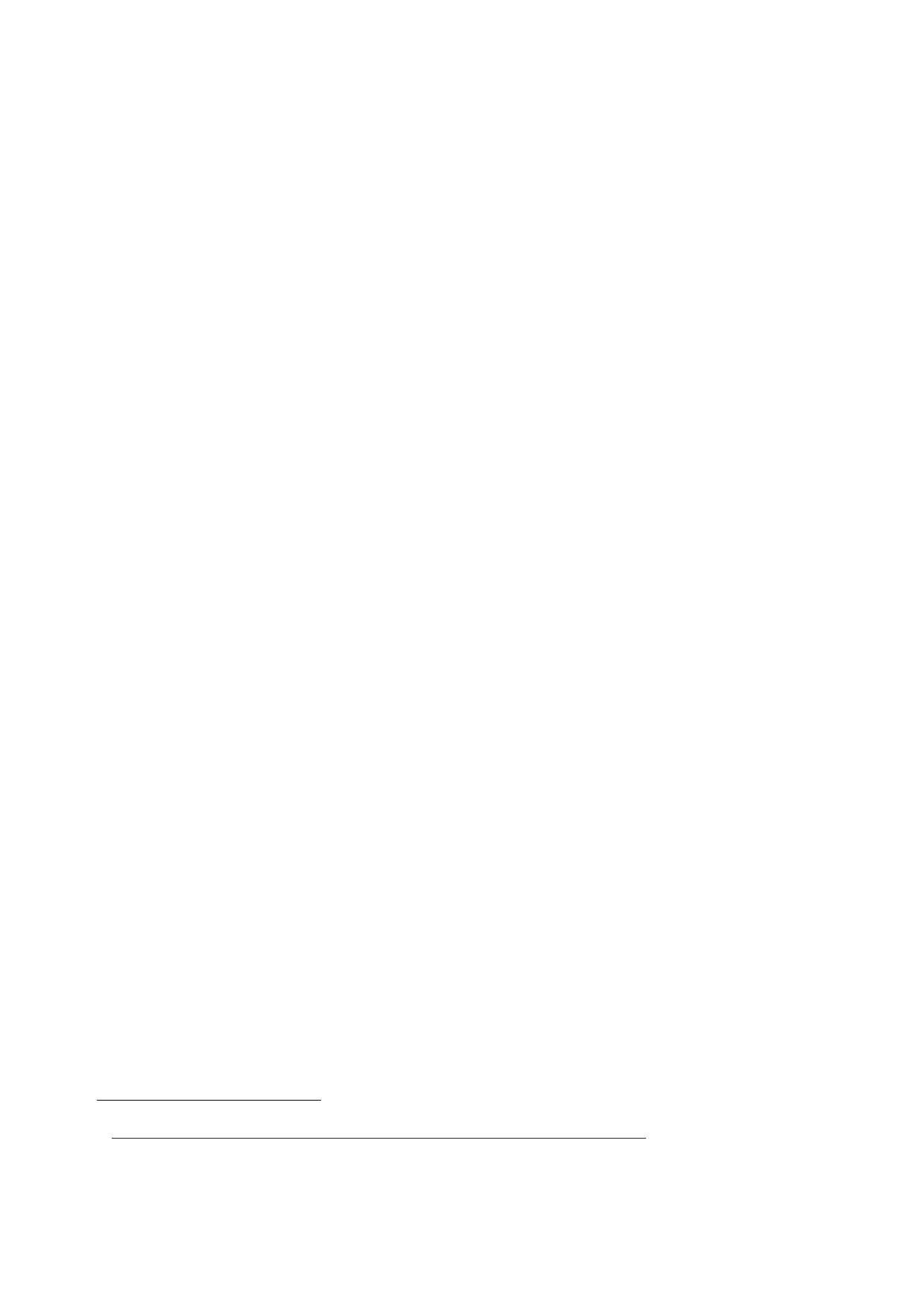
4.3 |
Iraq WMD assessments, October 2002 to March 2003
85.
On 29
November, in response to a request from Sir David Manning,
Mr Straw’s
Private
Office provided advice on handling Iraq’s declaration required by
resolution
86.
The FCO
advised that Iraq could maintain it had “no WMD and defy
UNMOVIC/
IAEA to
prove them wrong, confident that they can conceal the programmes
uncovered
by UNSCOM
in 1998”, but the expectation was that it would be “more
subtle:
declaring
very large quantities of dual-use items and programmes and
reiterating
all … past
declarations … In both cases our assumption is that they will
continue to
hide programmes
…”
87.
The UK aim
should be to get the inspectors to “check (or audit)” the
declaration
“as soon as
possible through intrusive inspections, interviews and access to
records”
against
information from other sources, including:
•
The
information available to UNSCOM in 1998. If Iraq declared
“nothing”, it
“must
demonstrate the destruction of material or the disbandment of
possible
WMD
programmes identified by UNSCOM”.
•
“Intelligence
material provided by the US/UK. We have already
pointed
UNMOVIC
towards key sites and provided a list of 6,500 individuals
involved
in WMD
programmes …”
•
Where the
declaration was “inconsistent with intelligence”, the UK
would
“want
UNMOVIC/IAEA to be able to discover that inconsistency on the
ground
before
notifying the Council”. That would avoid giving Iraq the chance
to
conceal evidence.
88.
On 6
December 2002, as part of a wider assessment of Iraq’s
military
capabilities
and options, the JIC judged that Saddam Hussein would use
chemical
and
biological weapons if he faced defeat, and might use them earlier
in a conflict.
89.
The
Assessment itself identified possible practical and political
considerations
which might
constrain such use.
90.
An Assessments
Staff Intelligence Update on 27 November 2002, ‘Iraqi Use
of
Chemical
and Biological Weapons – Possible Scenarios’,29
reported
that intelligence on
Iraq’s
plans for using chemical and biological weapons remained
“limited”.30
It
referred
to
intelligence that, in early September, Saddam Hussein had
reiterated his intention to
use CBW to
defend his regime “if allied forces approached Baghdad, if Basra,
Kirkuk or
28
Letter
Sinclair to Manning, 29 November 2002, ‘Iraq: 8 December
Declaration’.
29
The
reporting reflected in this Update was withdrawn on 28 September
2004.
30
Minute
[Assessments Staff Intelligence Update], 27 November 2002, ‘Iraqi
Use of Chemical and
Biological
Weapons – Possible Scenarios’.
307
